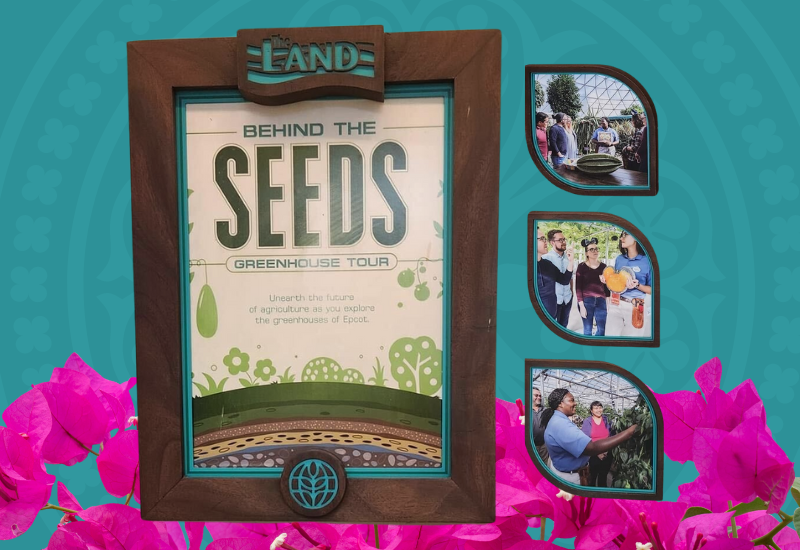
Disney is always at the forefront of innovation, especially in its theme parks. Epcot, "The City of Tomorrow," named by Walt Disney, was designed to showcase technology shaping our future. The Land Pavilion is a prime example of how technology revolutionizes agriculture, offering efficient methods to grow and harvest crops and flowers while minimizing waste. One of the most captivating experiences is "Living With The Land," a ride that immerses you in the workings of an active greenhouse and research facility. As a child, I was mesmerized by the expansive greenhouses and the stunning crops and flowers they housed.
Recently, I had the pleasure of joining the Behind the Seeds Tour in Epcot, witnessing the innovative technologies revolutionizing our capabilities in crop and flower cultivation. Being in the floral industry, I found this tour so interesting and recommend it to anyone interested in learning about the future of growing processes! I want to share the highlights from my tour--don't worry; there are no big spoilers here, as every tour has a different and unique experience!
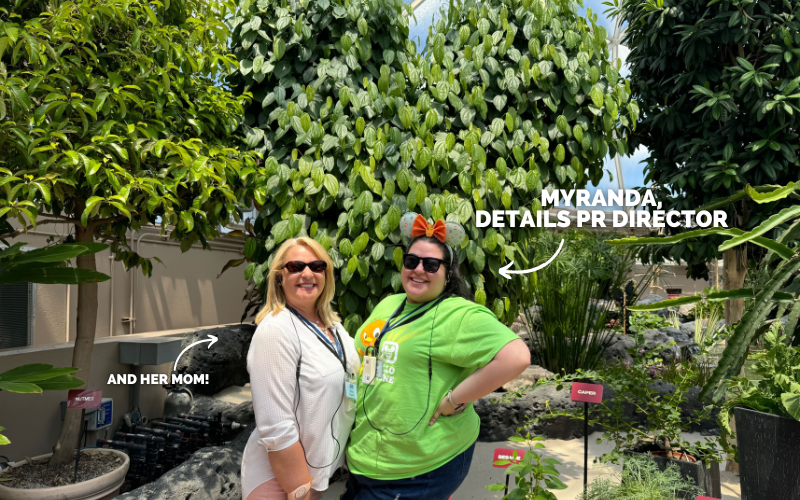
Research Facilities
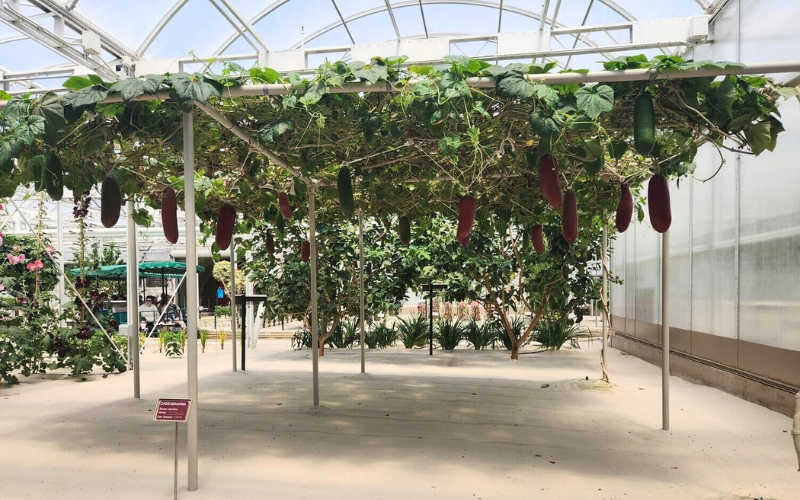
The research facilities at the Land Pavillion are testing and implementing ways to improve overall growing capabilities for crops and flowers. Researchers are testing ways for natural pesticides in their greenhouses. They use essential oils like rosemary as a natural repellent to pests. Another way is to introduce other insects to counteract the increased population of the pests. Disney is using a small type of wasp to stop the breeding process of mites. By introducing these wasps to the polluted environment, the level of successful hatching of the mite eggs is dramatically reduced, ensuring the longevity of the plant.
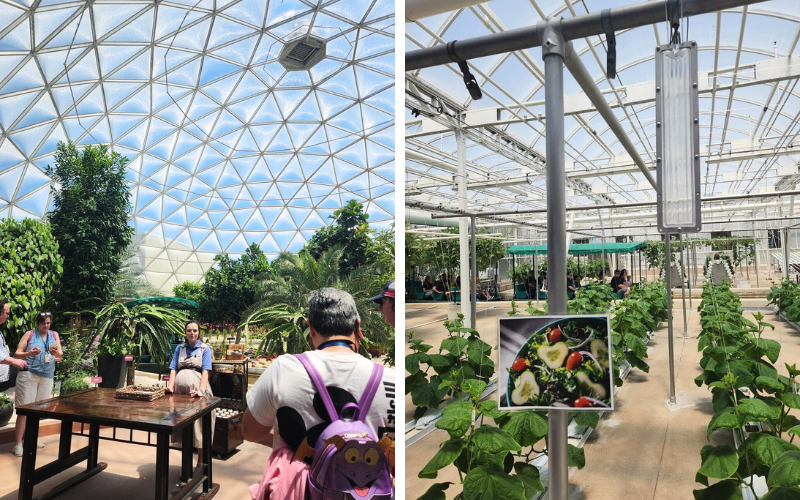
The research facility is also finding ways to grow plants in different environments. One method is to use cuttings in all-natural mediums like water, sand, coconut shavings, and volcanic ash to test which is best for growing certain crops and flowers.
Growing Methods
While in the greenhouse, our tour guide showed us many different ways Disney maximizes space to grow more crops. After all, they are feeding thousands of people and animals a day! Vertical growing is a technique they implement for their crops and flowers, which they need a lot of all over Disney properties. On one vertical planter, 40 plants can be grown and occupy minimal space.
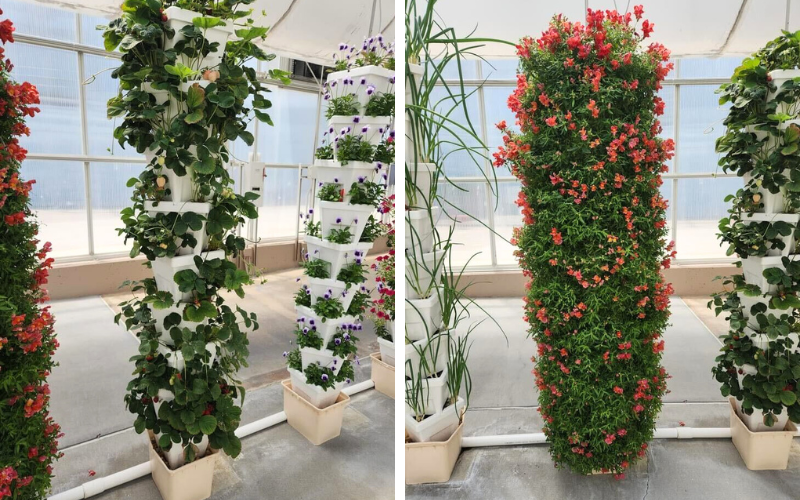
Another method they use is hydroponics. Shrimp filter the water and make the water pure for the plants. Natural nutrients are made to be dispersed to the plants as needed. Convairbelts and engineered planters are made to ensure each plant is given the proper nutrients it needs to thrive and not to over or underfeed the plant.
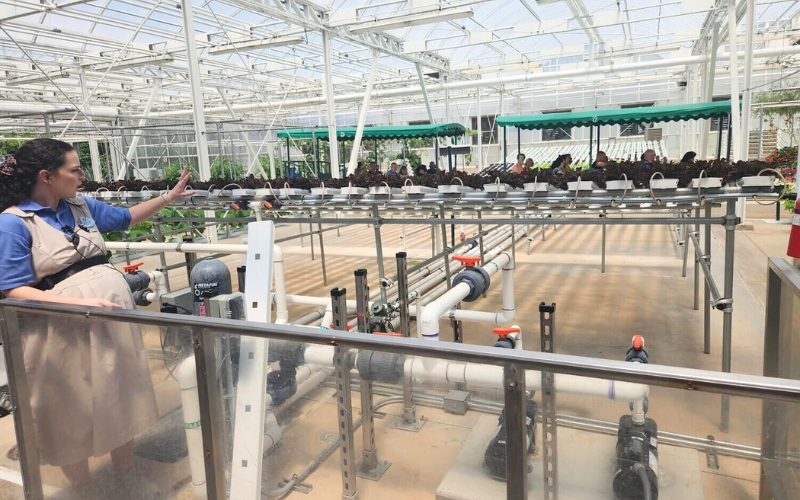
Some plants and trees have been used for decades in the greenhouses. As the plants grow, Disney uses practical ways to grow alongside them. The string method is used for tomato plants to help them grow organically without sacrificing the stems due to weight. The string helps support the weight and allows the plant to keep producing. Disney grows melons for the elephants at Animal Kingdom at the greenhouses, and the string method allows the melons to grow upwards of 35 pounds a piece!
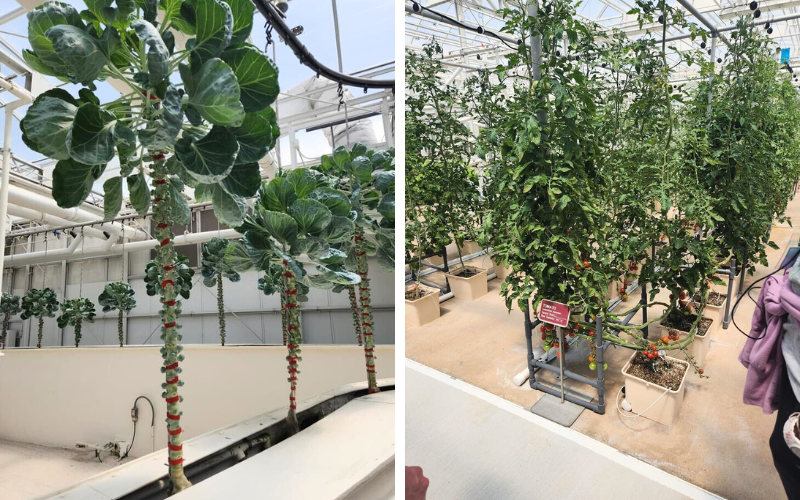
Mickey Mouse-shaped everything is found all over Disney—the fruits and vegetables are no different! Engineered forms are created to shape the crops into the famous ears! From cucumbers to melons, even pumpkins are molded into shapes that put the little Disney touch into dishes on the property.
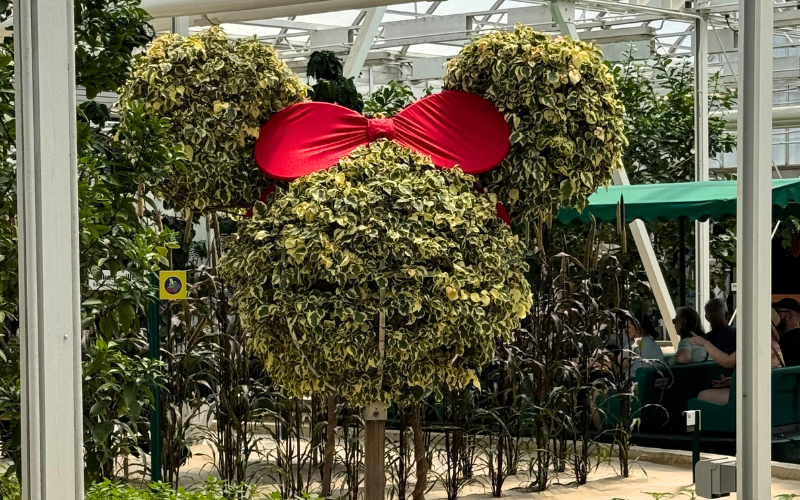
Flowers Galore
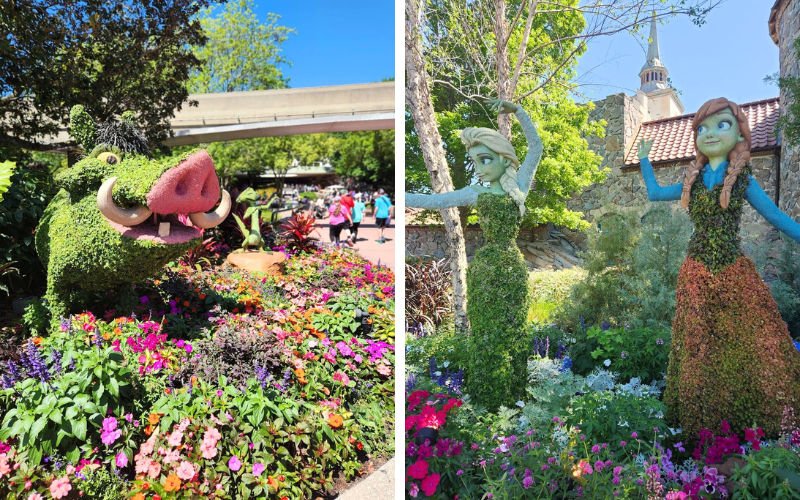
The International Flower and Garden Festival at Epcot is one of their most beloved events, and it happens year after year. This festival showcases topiaries of beloved Disney characters in stunning flowers and succulents. While we did not see a topiary being assembled on the tour (as they are all on display for the event), we learned it takes months to prepare these larger-than-life pieces. It takes about four months for the topiaries to fully bloom and be admired by all the festival guests.
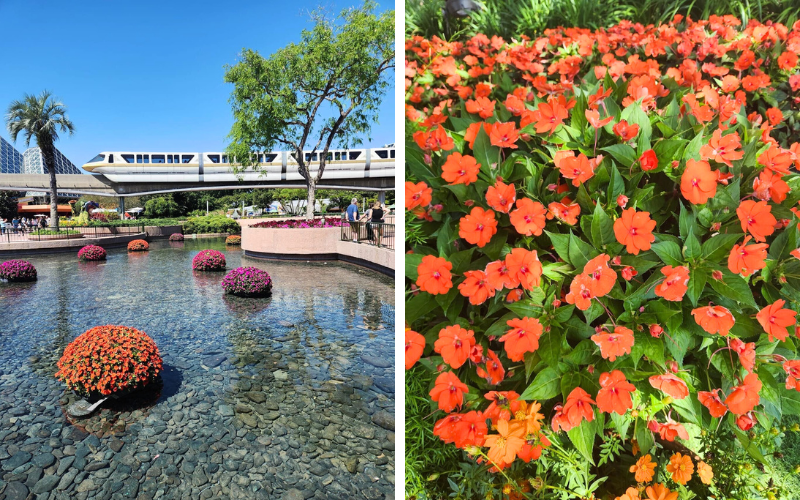
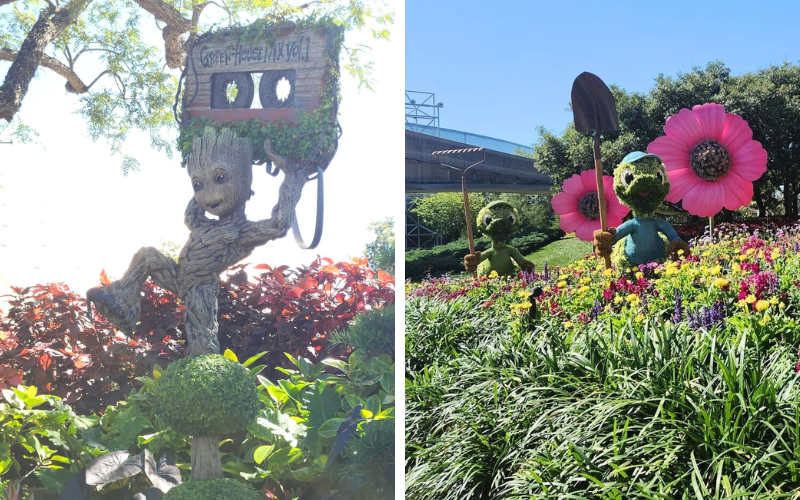
The horticulture staff and engineering work together to ensure that the topiaries are built to last and include irrigation systems throughout the piece, ensuring that all plants and flowers stay hydrated throughout the festival. Sheet moss and coconut fibers are used to create intricate details on the faces and costumes of the characters. We learned that over 500,000 shrubs, trees, and plants are planted yearly for the festival, half of which are dedicated to seasonal blooms!
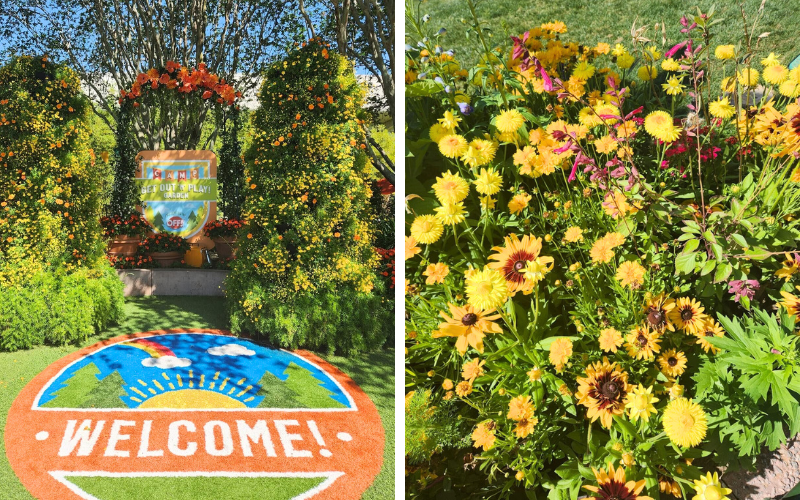
I recommend this tour to anyone interested in learning more about the innovative ways Disney is propelling the horticulture industry forward. This one-hour tour is a perfect rest between the hustle and bustle of a theme park day. To book this tour, visit Disney's website or register on the My Disney Experience App. Spaces are limited, so I highly recommend booking early before your vacation!
Follow Details on Instagram!